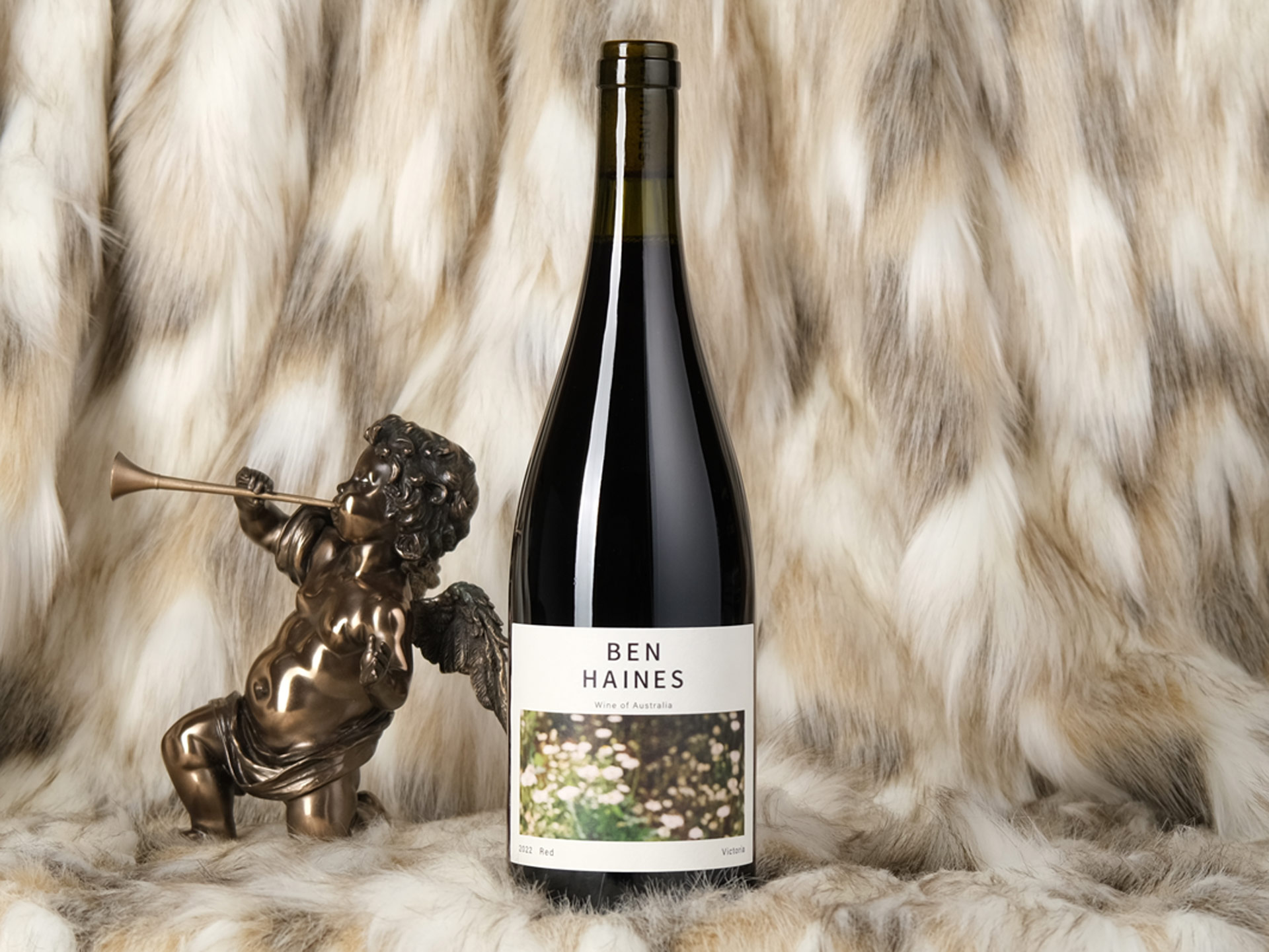Ben Haines may have moved to the Adelaide Hills, but his affinity for mediumweight Victorian shiraz-based wines lives on, with this a melange of fruit from the Pyrenees, Grampians and Yarra Valley – Haines’ happy hunting grounds. Spicy, crunchy and vibrant, this is a pitch perfect lighter red with savouriness and freshness in equal measure.
Tasting note
This is from varieties that aren’t declared on the label, but nosing it, shiraz clearly plays a big role (75%, in fact), and it’s supported by some touriga nacional and pinot noir (10% each), along with a dash of cabernet sauvignon (5%). Fruit is sourced from the Pyrenees, Grampians and Yarra Valley. Striking out at a lowish alcohol, this doesn’t lack for savoury, earthy character and flavour. It’s a midweight red built for everyday drinking and to be versatile with food, but it’s a long way from the juicy, confected reds that often occupy that roster, with ample tannin, dried herb notes and spicy intrigue.
Themes of this wine
Syrah/shiraz
Shiraz dominates the Australian wine industry, accounting for nearly a third of this country’s vines. The grape’s traditional home is in France’s Northern Rhône, with wines that combine elegance and power, while Australia is perhaps best known for the muscular styles from warmer areas. Today, drinkers of Australian shiraz are spoilt for choice with expressions ranging from the elegant and spicy to the monumental.
Pinot Noir
Pinot noir is one of the wine world’s most revered grapes. Notoriously fickle to grow and make, it makes what many see as the pinnacle of red wine in France’s Burgundy, but it’s also found many happy homes around the world, and none more so than in Australia across our cooler viticultural regions.
Touriga Nacional
Touriga nacional is best known as a Port variety, but it can play a compelling role in table wines, too. Although the grape has been planted in this country for a long time, it typically slipped into blends – mostly fortified –unacknowledged. With intense fruit in a blueberry and dark berry spectrum, touriga nacional typically also shows a lifted fragrance of violets in a wine’s youth, and it can have both leathery and minty notes. Tannins are a big feature of the variety, so expect a drying and grippy palate on most wines.
Cabernet Sauvignon
The world’s most prolific wine grape, cabernet sauvignon has been planted in Australia since the first days of viticulture here. Today, its prime homes are arguably Margaret River and Coonawarra, but the Yarra Valley and even the Hunter Valley mount very convincing cases, too. Cassis or blackcurrant is one of cabernet sauvignon’s prime flavour profiles, though blackberry, mulberry and plum also feature. Notes of mint and capsicum (pyrazines) generally appear when less ripe, with a leafy varietal character persisting in most riper versions.
Yarra Valley
The Yarra Valley, about 50 km north-east of Melbourne, is one of Australia’s premier wine regions, and one of the country’s coldest viticultural zones. The regional champions are chardonnay and pinot noir, with cabernet and shiraz in more than able support. Aside from the vinous pedigree, the Yarra is also one of the best serviced wine regions for visitors, with a wealth of cellar doors and restaurants, and ample accommodation across the price spectrum.
The Grampians & Pyrenees
The Grampians and Pyrenees are nestled in the Western Victoria viticultural zone, an umbrella classification that stretches across to the South Australian border. And while the area is vast, there are around half as many vines in the whole zone than there are in the Yarra Valley. The Grampians and the Pyrenees share a bit in common, with the elevation of their attendant mountain ranges contributing to their subregional character, as well as a specialisation in red wines, with shiraz taking the lead. Being further inland to the north-east, the Pyrenees is more continental in climate with warm days and cold nights, while the Grampians feel the influence of the Southern Ocean, with sea breezes doing the cooling at night.



